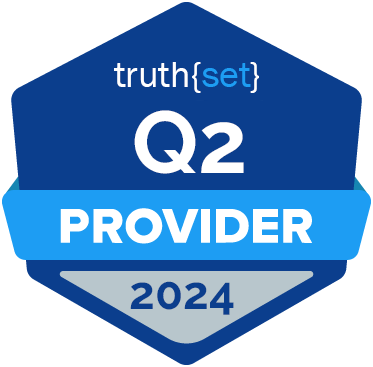Originally Featured on Street Fight Mag
Marketers and brands know they are losing access to the third-party cookies that once fueled their marketing and ad campaigns. But even with the growing pressure amid an approaching deadline, there are still brands that are slow to create and adopt a first-party focused data strategy.
What is holding brands back from developing robust first-party data strategies? Often, the roadblocks can be attributed to uncertainty, accessibility, and structure. While daunting, these are not insurmountable barriers.
Tackle uncertainty and regulatory compliance
Some brands may still be apprehensive about making a move due to fear of the unknown. They are unsure about the changing landscape and regulatory changes as they relate to privacy and consent. Making a move now would require investment, and the current market complexion could change again at a moment’s notice.
These are all rational reasons for moving slowly, but brands that wait too long risk being left behind. Fortunately, no one has to do it alone when it comes to navigating the compliance landscape. Marketers should lean on their data partners to help guide compliance and get a first-party strategy on track. Established data partners have flexible technology to continue evolving with compliance, which can reduce some of the stress felt from the brand’s perspective.
Ensure first-party data access
Another common barrier is gaining access to data. It’s easier for some verticals to collect and access first-party data than others because these brands often have direct customer relationships. For others, the challenge is structural.
When first-party data is housed externally, marketers do not have a way to gain a holistic and unified view of their data, audience profiles, and customer behaviors. The data may also remain siloed among teams throughout an organization. Many departments have a view informed by partial first-party data with no single group able to see the full picture.
Due to this challenge, marketers need to unify their first-party data on a company level. That allows them to dig deeper to understand the received online signals, sift through the information, and determine what is valuable and what is not. Capitalizing on first-party data requires an organizational structure that ensures teams are practicing data transparency and working in tandem with marketing – which is who needs it the most.
Tamp down the hysteria
The impetus for building a first-party strategy is that Chrome’s new third-party cookie policy will significantly impact how marketers have historically used and accessed third-party data. Faced with this change, some have adopted a “sky-is-falling” attitude and fear that first-party data is the only tool available going forward. But that’s not the case. There are opportunities to access second- and third-party data sources through clean rooms and co-ops, and data partners can help optimize first-party data to feed marketers information and insights.
Shifting to a first-party data strategy does not mean swapping one dataset for another. Instead, it’s focused on complementing the established data strategy with an enriched approach aligned to the organization’s revenue goals. A first-party data strategy requires a well-thought-out and adaptable customer data supply chain that enables a seamless flow from collection to unification to activation.
Now is the time to make the shift
Third-party data is – and will remain – an excellent tool in any marketer’s toolbox. Still, major changes to cookie support and the simultaneous evolution of data privacy are changing how brands craft personalized customer experiences The need for first-party data is heightened. So if a brand wants to make a shift, it can and should be done sooner than later.
The first-party focused data strategy can start with small exploratory steps in the right direction. Once the path is paved, marketers can begin implementation and walk the walk. Then they can start running by executing and leaving room to refine the strategy along the way. Reach out to the Alliant team to learn how we can help you with your first-party data strategies!































Submit a Comment